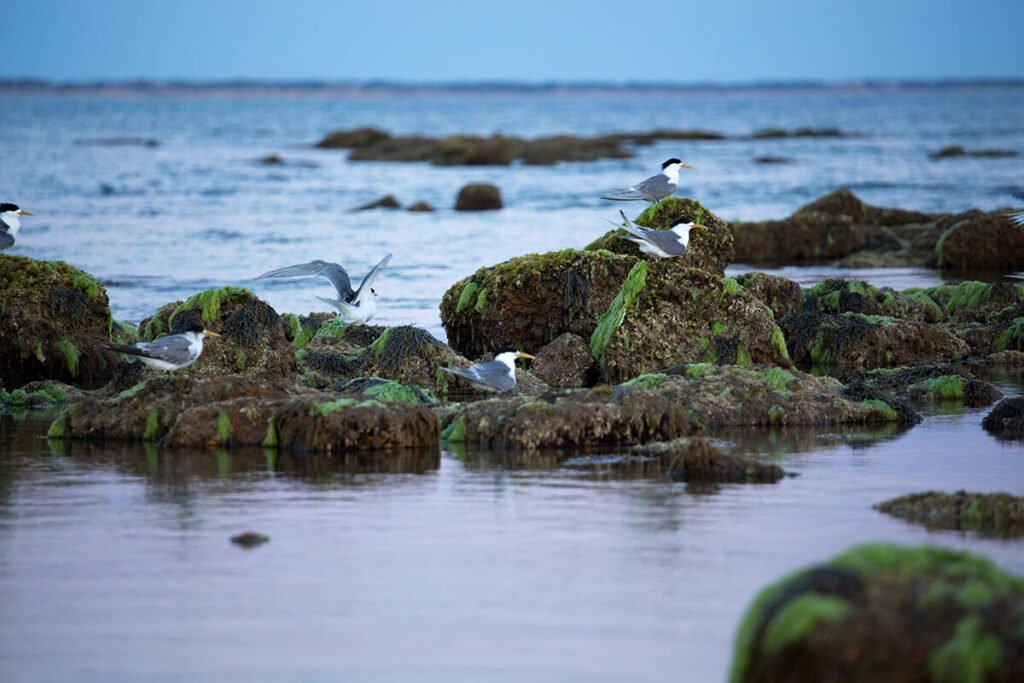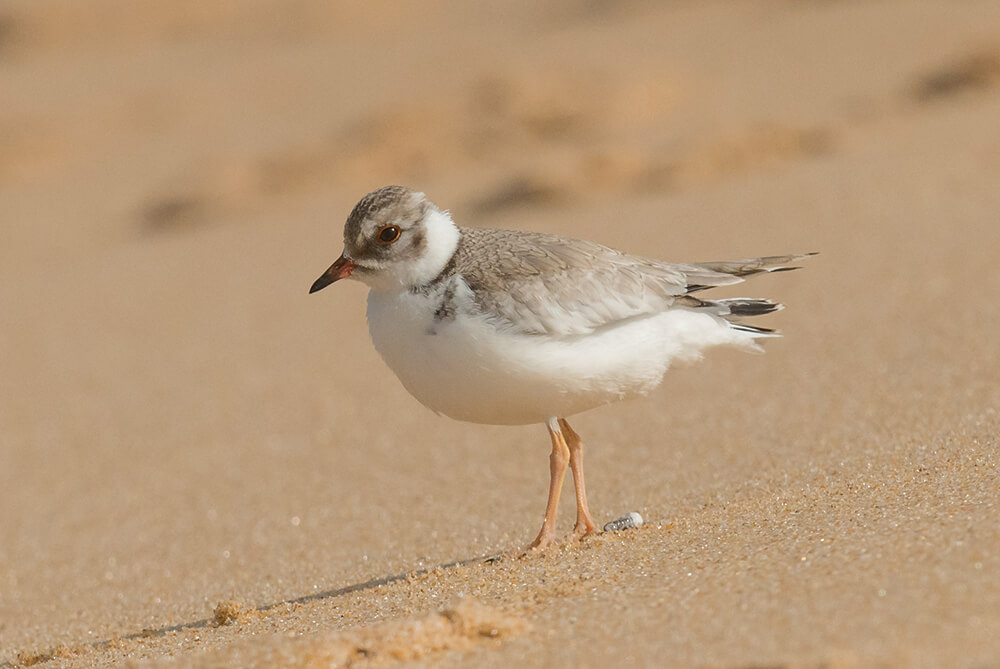- About Us
- MenuMenuMenu
- Caravan Parks
- Coastal Management
- MenuMenuMenu
- Community & Education
- MenuMenuMenu
- News & Projects
The Barwon Coast is a special place and home to many protected wildlife species.
Barwon Coast staff are alert and responsive to the needs of wildlife across the coastal reserves and resource are allocated to the protection of vulnerable species including education and community outreach activity.
Our remote camera program across the reserves sand dunes help us to build awareness of indigenous fauna and the presence and location of introduced species within the dune systems.
The Barwon River Estuary system is a special place? It is – so much so that it is listed as a RAMSAR site(link is external) RAMSAR recognises that the Barwon Estuary contains unique wetlands that are important for conserving biological diversity. In particular, the Barwon Estuary system is of high importance for migratory shorebirds that travel to our shores every year, landing exhausted on the banks of our very own Barwon Estuary after long international journeys.
One of the ways Barwon Coast ensure migratory birds have ample protection to recover undisturbed from their long journeys is by limiting dog in the area during peak migration season. Please ensure you for the current DOG CONTROL ORDERS (internal link) to ensure the survival of these protected species.


Hooded Plovers are one of Australia’s most threatened birds and are protected wildlife under State and Federal legislation. They are a tiny bird who prefers to nest on sandy ocean beaches with lots of washed up seaweed making the Barwon Coast the ideal location and every year we have many pairs attempt to breed on our beaches. Hoodies are the prey of many animals including foxes and birds, and they are also very susceptible to disturbance from humans and dogs.
For many years Barwon Coast have worked closely with BirdLife Australia volunteers, Friends of the Hooded Plover Bellarine and Breamlea to monitor the birds along this coastline, find their nests, assist with erecting protective signage and fencing around the nests, and wardening the sites after hatching to chat to beach users and raise awareness about these incredibly vulnerable birds.